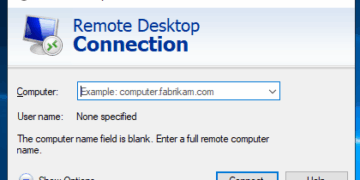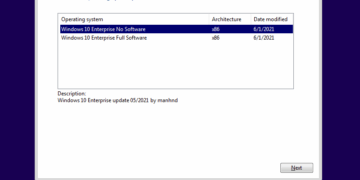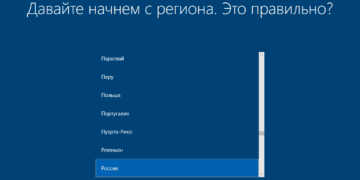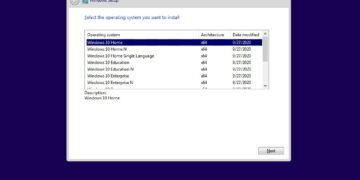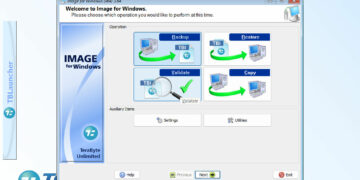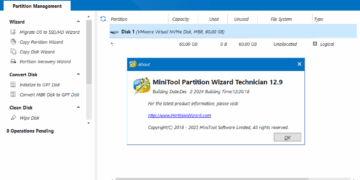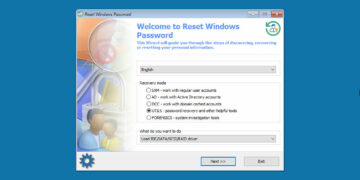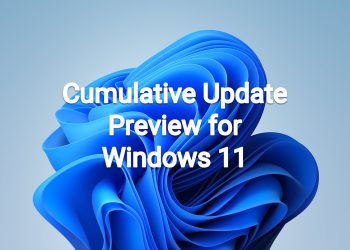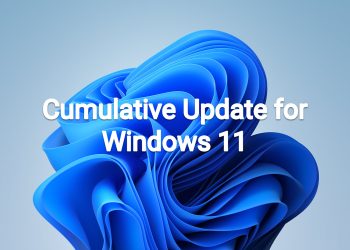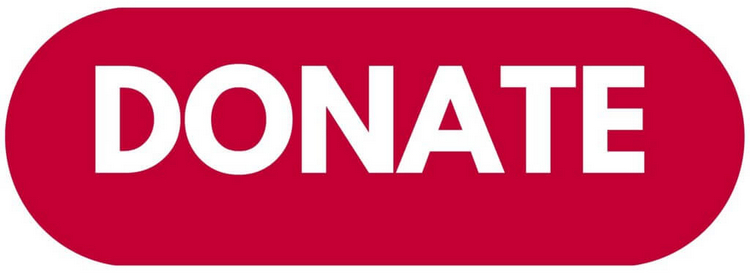Highlights
- New! Adds more dynamic Widgets content to your taskbar with notification badging. If you open the Widgets board while a badge displays on the taskbar, a banner appears at the top of the board. It provides more information about what triggered the notification badge.
- New! Enhanced Search visual treatments on the Taskbar to improve discoverability. Available to a small audience initially and deploying more broadly in the months that follow. Some devices may notice different visual treatments as we gather feedback.
- Addresses an issue that requires you to reinstall an app if you did not get the app from the Microsoft Store. This issue occurs after you upgrade to a newer OS.
- Addresses a rare error that leads to a blue screen. This occurs after you change the display mode while you are using more than one display.
- Addresses an issue that forces the IE mode tabs in a session to reload.
- Addresses an issue that affects IE mode after you open a PDF file. When you try to open a different page using the same browser window, the page will not open in that browser window.
- Addresses an issue that might cause a black screen to appear on your display. This might occur when you use a pen to turn on high dynamic range (HDR).
- Addresses an issue that affects the touch keyboard. The touch keyboard immediately closes when you tap to switch apps.
- Addresses a known issue that affects daylight saving time in Chile. This issue might affect the time and dates used for meetings, apps, tasks, services, transactions, and more.
- Addresses an issue that affects USB scanners. Scanners might not be available after Windows restarts or resumes from sleep.
Improvements
This non-security update includes quality improvements. Key changes include:
- New! Introduces WebAuthn redirection. It lets you authenticate in apps and on websites without a password when you use Remote Desktop. Then, you can use Windows Hello or security devices, such as Fast Identity Online 2.0 (FIDO2) keys.
- New! Enhanced Search visual treatments on the Taskbar to improve discoverability. Available to a small audience initially and deploying more broadly in the months that follow. Some devices may notice different visual treatments as we gather feedback.
- New! Adds more dynamic Widgets content to your taskbar with notification badging. If you open the Widgets board while a badge displays on the taskbar, a banner appears at the top of the board. It provides more information about what triggered the notification badge.
- Addresses an issue that requires you to reinstall an app if the Microsoft Store has not signed that app. This issue occurs after you upgrade to a newer OS.
- Addresses an issue that stops codecs from being updated from the Microsoft Store.
- Addresses a race condition in framework autorepair registration. This issue occurs because a registration key is missing.
- Addresses an issue that affects the Network Policy Server Management (NPSM) service. This issue causes major delays when you sign out.
- Addresses an issue that affects the Windows Search service. Indexing progress is slow when you use the service.
- Addresses an issue that affects cached credentials for security keys and FIDO2 authentications. On hybrid domain-joined devices, the system removes these cached credentials.
- Addresses an issue that affects a network’s static IP. The issue causes the configuration of the static IP to be inconsistent. Because of this, NetworkAdapterConfiguration() fails sporadically.
- Addresses a rare stop error that happens after you change the display mode and more than one display is in use.
- Addresses an issue that affects rendering in Desktop Window Manager (DWM). This issue might cause your device to stop responding in a virtual machine setting when you use certain video graphics drivers.
- Addresses an issue that affects graphics drivers that use d3d9on12.dll.
- Addresses an issue that affects URLs generated by JavaScript: URLs. These URLs do not work as expected when you add them to the Favorites menu in IE mode.
- Addresses an issue that forces the IE mode tabs in a session to reload.
- Addresses an issue that successfully opens a browser window in IE mode to display a PDF file. Later, browsing to another IE mode site within the same window fails.
- Addresses an issue that affects window.open in IE mode.
- Introduces a Group Policy that enables and disables Microsoft HTML Application (MSHTA) files.
- Addresses an issue that affects the Microsoft Japanese input method editor (IME). Text reconversion fails when you use some third-party virtual desktops.
- Addresses an issue that occurs when the input queue overflows. This might cause an application to stop responding.
- Addresses an issue that might cause a black screen to appear on your display. This might occur when you use a pen to turn on high dynamic range (HDR).
- Addresses an issue that affects the App-V client service. The service leaks memory when you delete App-V registry nodes.
- Addresses an issue that might change the default printer if the printer is a network printer.
- Addresses an issue that affects Windows Defender Application Control (WDAC) path rules. This issue stops .msi and PowerShell scripts from running.
- Addresses an issue that might bypass MSHTML and ActiveX rules for WDAC.
- Addresses an issue that causes WDAC to log 3091 and 3092 events in audit mode.
- Addresses an issue that affects Windows Defender Application Control (WDAC). It stops WDAC from logging .NET Dynamic Code trust verification failures.
- Addresses an issue that affects WDAC policies. If you enable SecureLaunch on a device, WDAC policies will not apply to that device.
- Addresses an issue that occurs when a WDAC policy fails to load. The system logs that failure as an error, but the system should log the failure as a warning.
- Addresses an issue that affects Code Integrity logging. It logs issues as errors instead of warnings. Because of this, automatic repair is triggered.
- Addresses an issue that affects the touch keyboard. The touch keyboard immediately closes when you tap to switch apps.
- Addresses an issue that causes LogonUI.exe to stop working. Because of this, you cannot dismiss the lock screen to view the credentials screen.
- Addresses an issue that affects the FindNextFileNameW() function. It might leak memory.
- Addresses an issue that affects robocopy. Robocopy fails to set a file to the right modified time when using the /IS option.
- Addresses an issue that affects cldflt.sys. A stop error occurs when it is used with Microsoft OneDrive.
- Addresses an issue that affects the LanmanWorkstation service. When you mount a network drive, the service leaks memory.
- Addresses an issue that affects the Get-SmbServerNetworkInterface cmdlet. It only retrieves a subset of the available network interfaces.
- Addresses an issue that affects the Get-SmbServerConfiguration cmdlet. It only allows you to run it if you are an administrator.
- Addresses an issue that affects Roaming User Profiles. After you sign in or sign out, some of your settings are not restored.
- Addresses a known issue that affects XML Paper Specification (XPS) viewers. This might stop you from opening XPS files in some non-English languages. These include some Japanese and Chinese character encodings. This issue affects XPS and Open XPS (OXPS) files.
- Addresses a known issue that affects daylight saving time in Chile. This issue might affect the time and dates used for meetings, apps, tasks, services, transactions, and more.
- Addresses an issue that affects the Hyperlink.Click event. This affects apps, like Phone Link and Feedback Hub, which embed hyperlinks in TextBlocks and RichTextBlocks.
- Addresses an issue that affects USB scanners. Scanners might not be available after Windows restarts or resumes from sleep.
If you installed earlier updates, only the new updates contained in this package will be downloaded and installed on your device.
Windows 11 servicing stack update – 22000.1035
This update makes quality improvements to the servicing stack, which is the component that installs Windows updates. Servicing stack updates (SSU) ensure that you have a robust and reliable servicing stack so that your devices can receive and install Microsoft updates.
Known issues in this update
| Applies to | Symptom | Workaround |
|---|---|---|
| IT admins | After installing this update, file copies using Group Policy Preferences might fail or might create empty shortcuts or files using 0 (zero) bytes. Known affected Group Policy Objects are related to files and shortcuts in User Configuration > Preferences > Windows Settings in Group Policy Editor.
|
To mitigate this issue, you can do ONE of the following:
We are working on a resolution and will provide an update in an upcoming release.
|
How to get this update
Before installing this update
Microsoft combines the latest servicing stack update (SSU) for your operating system with the latest cumulative update (LCU). For general information about SSUs, see Servicing stack updates and Servicing Stack Updates (SSU): Frequently Asked Questions.
Install this update
| Release Channel | Available | Next Step |
|---|---|---|
| Windows Update or Microsoft Update | Yes | Go to Settings > Update & Security > Windows Update. In the Optional updates available area, you’ll find the link to download and install the update. |
| Windows Update for Business | No | None. These changes will be included in the next security update to this channel. |
| Microsoft Update Catalog | Yes | To get the standalone package for this update, go to the Microsoft Update Catalog website. |
| Windows Server Update Services (WSUS) | No | You can import this update into WSUS manually. See the Microsoft Update Catalog for instructions. |
If you want to remove the LCU
To remove the LCU after installing the combined SSU and LCU package, use the DISM/Remove-Package command line option with the LCU package name as the argument. You can find the package name by using this command: DISM /online /get-packages.
Running Windows Update Standalone Installer (wusa.exe) with the /uninstall switch on the combined package will not work because the combined package contains the SSU. You cannot remove the SSU from the system after installation.
Download links
MSU file from Microsoft Update Catalog
Download KB5017383 MSU for Windows 11 64-bit (x64) – 301.4 MB
Download KB5017383 MSU for Windows 11 ARM64 – 412.4 MB
UUP Dump
64-bit ISO download: Select language for Windows 11 (22000.1042) amd64
ARM64 ISO download: Select language for Windows 11 (22000.1042) arm64

